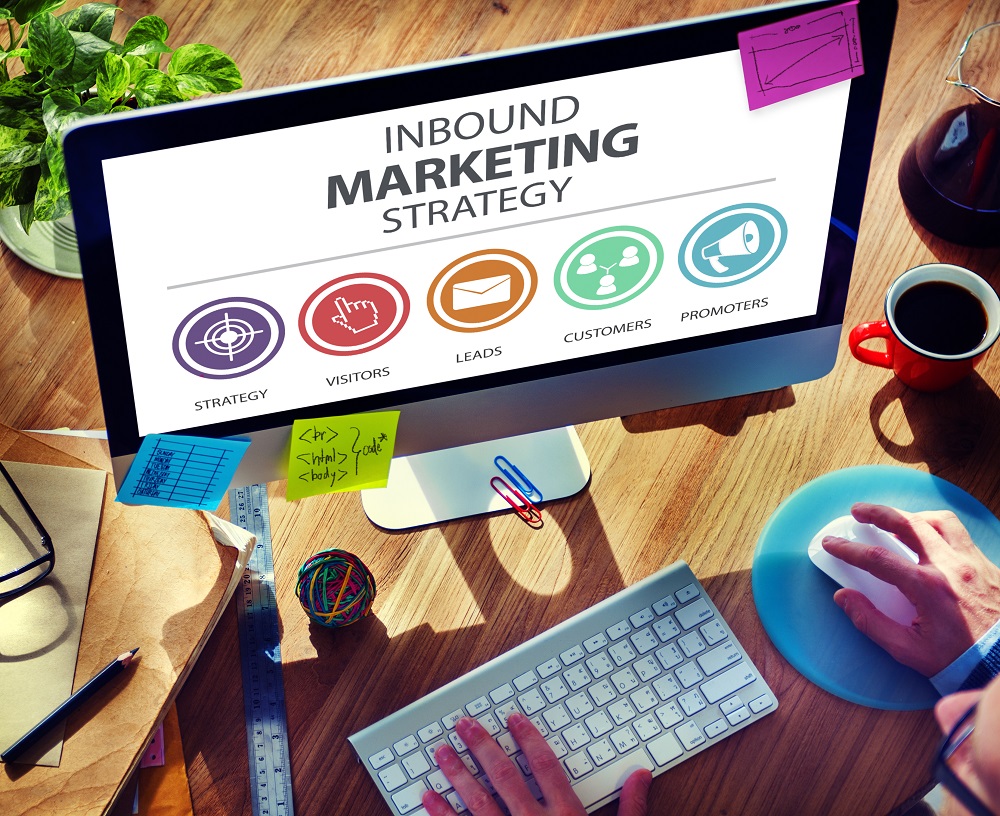
4 Ways Technology Solution Providers Successfully Capture Leads
January 16, 2018
4 Critical Marketing Mistakes Resellers Make
March 2, 2018Your technology solution provider business is excited about your new digital inbound marketing strategy. You design and launch a great campaign. Maybe it’s even more than great — it’s an integrated, perfectly timed and targeted machine of a variety of quality, SEO-optimized content, engaging CTA triggers, social media promotion, and email marketing.
But it’s been a week, and according to Google Analytics, social media data, and incoming leads, nothing seems to have changed yet. So how long should you expect digital marketing activities to take to produce results?
The Watch Pot Will Eventually Boil
Simply put, inbound marketing results take a lot more than a week.
There are a number of factors at play that usually limit the return on inbound marketing activities for the first several months. Consider these two:
- Search engine visibility: If you haven’t updated your website content in a while, it may take a while for search engines to realize that you’ve made changes now. Web crawlers visit sites more often that post content more often. It may take Google and other search engines to find your new content and make it visible for organic search. Adding paid search to the first phase of your strategy may help increase web traffic more quickly.
- Content volume: Your budget may not allow for a full-time blogger or other means of copious content creation. But you are competing on the web with business that blog daily — or more often. Hubspot research shows companies that post content more than 20 times per month get 5 times more website traffic than companies that post less than 5 pieces of content. Keep in mind, the quality of the content also counts, so don’t be tempted to post just anything to try to increase traffic. That strategy will hurt your website in the long run.
The Plan’s the Thing
It would be remiss not to point out that while you are waiting for website traffic and conversions to increase, you need to have a well-thought out strategy in motion. Take the time (yes, delay gratification even longer) and define your target audience, choose keywords they will search, optimize content for them as well as for search engines. Put processes in place that make marketing a consistent, concerted effort. Post new content on a regular basis. Promote it on social media and in email newsletters. Make sure the topics of your content tie in with sales objectives and use it to support webinars or tradeshow participation. Marketing works when it all works together. Launching a campaign without planning is wasting money — and time — it’s better to invest in a strategy aimed at getting results.
Good Things Come to Those Who Wait — and Those Who Work
Marketing takes an investment of time and resources, so it’s hard not to show a return right away to justify those investments, but it’s important to realize at the outset that inbound marketing takes time to deliver a return. We’ve seen companies get off to a good start and, before their marketing activities really had time to work, they’ve unfortunately pulled the plug. Manage expectations of the stakeholders at your company that your plan will take time to work: HubSpot stats show the majority of companies (83.9%) see an increase in leads by 7 months through inbound marketing.
Once you put an inbound marketing strategy in place, though, there is no need to only watch and wait. Don’t forgo all other activities such as telemarketing, tradeshows, speaking engagements, mailers, or ads. Build all relevant activities into your marketing strategy to start to fill — and keep filling — your sales funnel.




